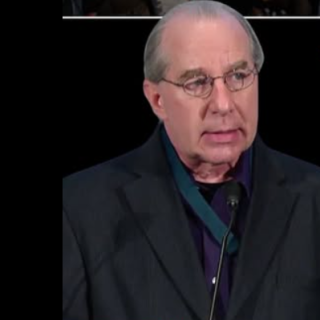Last month, on September nineteenth, in Orlando, Florida, a six-year old girl was arrested, put in handcuffs and in the back of a police car with the intent of arresting her and charging her with “battery.” It appears that another child, eight-years old, was also arrested on the same day at the same charter school, by the same School Resource Officer (SRO).
The school resource officer just so happens to be a retired Orlando police officer who spent 23 years on the force before retiring in June of 2018. It’s reported that in 2016 this officer received a written reprimand for excessive force after he tasered a man five times, twice when the man was already down and no longer resisting arrest. His reward for retiring – being assigned to the Reserve Officer Program with other “retired” officers. His new job? Arresting your children in school.
He then faced a department investigation, not because he put handcuffs on these children, not because he put these children in the back of a police car, not because he caused fear and terror to these young children and their parents, but because he didn’t “receive approval from a Watch Commander” to arrest the children, thus breaking department policy. Subsequently, he was fired.
What is a school resource officer? By federal definition it is a career law enforcement officer with sworn authority who is deployed by an employing police department or agency in a community-oriented policing assignment to work in collaboration with one or more schools. You notice the word “deployed” is used in the definition. Deployed means “to move troops or equipment into position for military action.” It’s to spread out or arrange strategic placement in certain areas. To deploy is to move soldiers or equipment to a place where they can be used when needed. Other words for deploy are marshal, dispose, spread out in battle formation and to take up battle stations.
In Ohio, there is a certified 40-hour training seminar given to SROs and it’s hosted by the Ohio School Resource Officers Association. The goal is to give them training, skills and information to identify, address and prevent crime and violence in Ohio schools. Columbus City Schools have added 31 more unarmed security officers this school year which brings the total to 84 officers in our city elementary, middle and high schools. Of these 84 officers, 19 of them will be armed school resource officers in our high schools. Nineteen police officers with guns that are loaded and strategically deployed and placed into position for “military action” when a physical threat is perceived from your child, your grandchild, your relative or friend. Some might say the guns are needed to prevent a shooting in the schools. Tell that to Columbine, Marjory Stoneman Douglas, Marshall County and Santana High School students and parents. There were armed officers “deployed” at all four of those schools.
Our children today have so many extra burdens put on them as students. They are bullied in person at school and on social media sites. They have to add “shooter drills” to their regular fire and safety drills. They have to worry about being arrested for behaviors that would historically have resulted in detentions or suspensions. An arrest will change the course of their life because they will now be in the legal system, fingerprinted and given a number.
Critics of SRO in Columbus schools feel the role of the SRO has not been “officially defined” and as a result, how the individual SRO responds to student situations could vary depending on the district, race or disability of the child. Ohio House Bill 318 requires new SROs who serve full time in school buildings to participate in 40 hours of training and undergo juvenile psychology training to help them when responding to mental health and drug use.
My question is: how do we as concerned citizens, parents and students respond to school officials and the police department when an SRO decides to handcuff and arrest a child under the age of 12 years old? Do we have any responsibility if we no longer have children in the school system? Some say yes, others say no.
Regardless of what we each think, the truth is that there will be many students, mostly teenagers who are of color, who may have mental health issues and disabilities, who will become victims of the school-to-prison pipeline in America. The majority of SROs are doing a great job and the students, parents and school officials love and respect them. Keep a watch on our children and the SROs who are in their schools so that we can quickly get rid of the bad ones.



